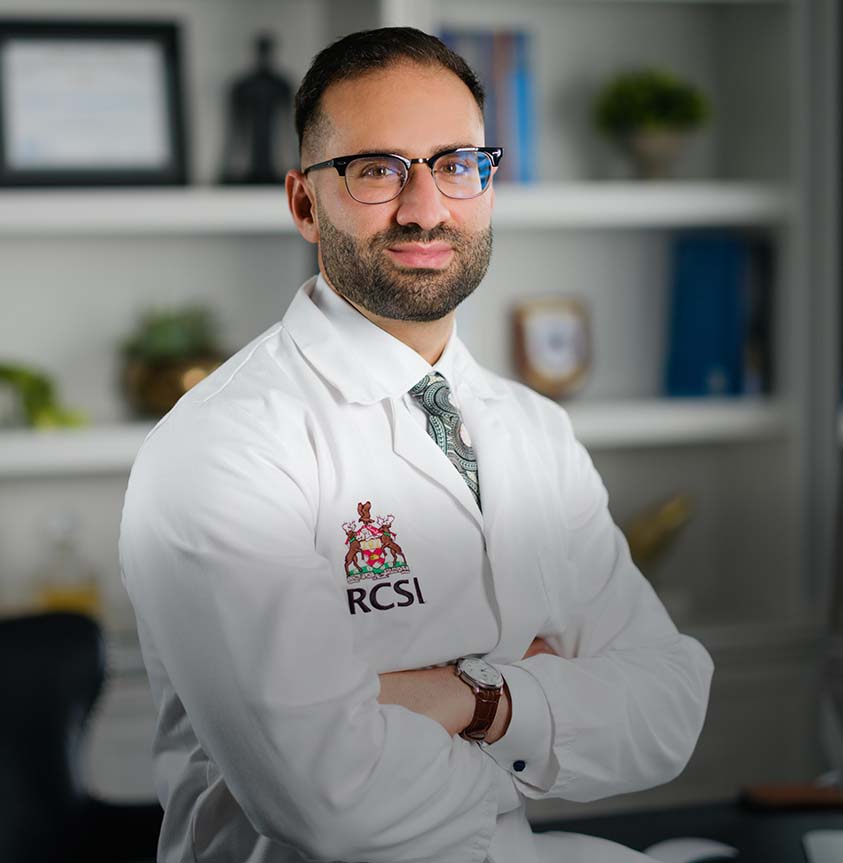Airway-focused orthodontics has become a growing topic of interest, particularly for its proposed role in managing breathing problems such as sleep-disordered breathing (SDB) and obstructive sleep apnoea (OSA). Orthodontists can identify potential airway issues during routine exams, but sleep medicine specialists must thoroughly assess these multifactorial conditions.
In this post, we’ll explore the role of orthodontics in airway health, clarify common myths, and highlight the ethical concerns surrounding the commercialisation of “airway-friendly” orthodontic treatments.
Conditions like SDB and OSA are complex and influenced by multiple factors, including:
Orthodontists can often detect early signs of airway compromise, such as narrow arches, high palates, or habitual mouth breathing. However, it’s critical to note that orthodontists cannot diagnose or treat airway disorders independently. These issues require a multidisciplinary approach, involving ENTs, sleep medicine specialists, and in some cases, pulmonologists or allergists.
One of the most misunderstood aspects of airway-focused orthodontics is the belief that expanding the upper jaw (maxilla) can universally treat breathing disorders.
While maxillary expansion, whether with RPE, MARPE, or similar appliances, can be beneficial in specific cases (e.g., a narrow palate causing nasal constriction), research shows that:
Orthodontists should only recommend expansion when there is a clear skeletal or dental need, not as a general solution for airway problems.
The rising awareness of breathing-related health concerns has led to the marketing of “airway-friendly” orthodontics. Some clinics now promote braces, aligners, or appliances as treatments that cure or significantly improve breathing problems, often without proper medical collaboration.
This trend raises serious ethical concerns:
While orthodontic treatment can support airway function in the right clinical context, it is not a substitute for a proper medical workup. Ethical care requires an interdisciplinary approach, guided by objective assessment and diagnosis, not sales-driven promises.
Orthodontists have a responsibility to base their treatment plans on:
Clinicians cannot treat the airway with a one-size-fits-all approach, and they should never market orthodontic appliances as standalone cures for complex medical conditions.
As a practitioner, I strongly believe in honest, evidence-based care. I regularly collaborate with ENT specialists, sleep physicians, and other medical professionals to ensure that any airway-related concerns are managed safely, ethically, and effectively.
If you or your child are experiencing breathing issues—or have been told that orthodontic treatment can fix them—it’s essential to get a full medical evaluation first.
Orthodontics can play a supportive role, but it must be part of a broader, multidisciplinary plan. It should never replace proper medical assessment and care.
Back to Blog
I recommend and prescribe orthodontic treatments to my patients as if they were my own family and I value meaningful relationships based on communication, confidence and trust.
“We highly recommend Dr Erfan Sallom, he transformed our daughter's teeth and she’s extremely happy with her beautiful smile! We were looking for a Orthodontist...”
“I was very anxious about orthodontic treatment and as such delayed it for years. I had no need to be nervous with the expertise and...”
“I would really recommend anyone to Dr Erfan Salloum, my experience with Erfan was amazing. I had no issue he was very knowledgeable about his...”
“I have just finished my two year orthodontic treatment with Dr Erfan and I would highly recommend. He explained everything perfectly about the treatment plan...”



